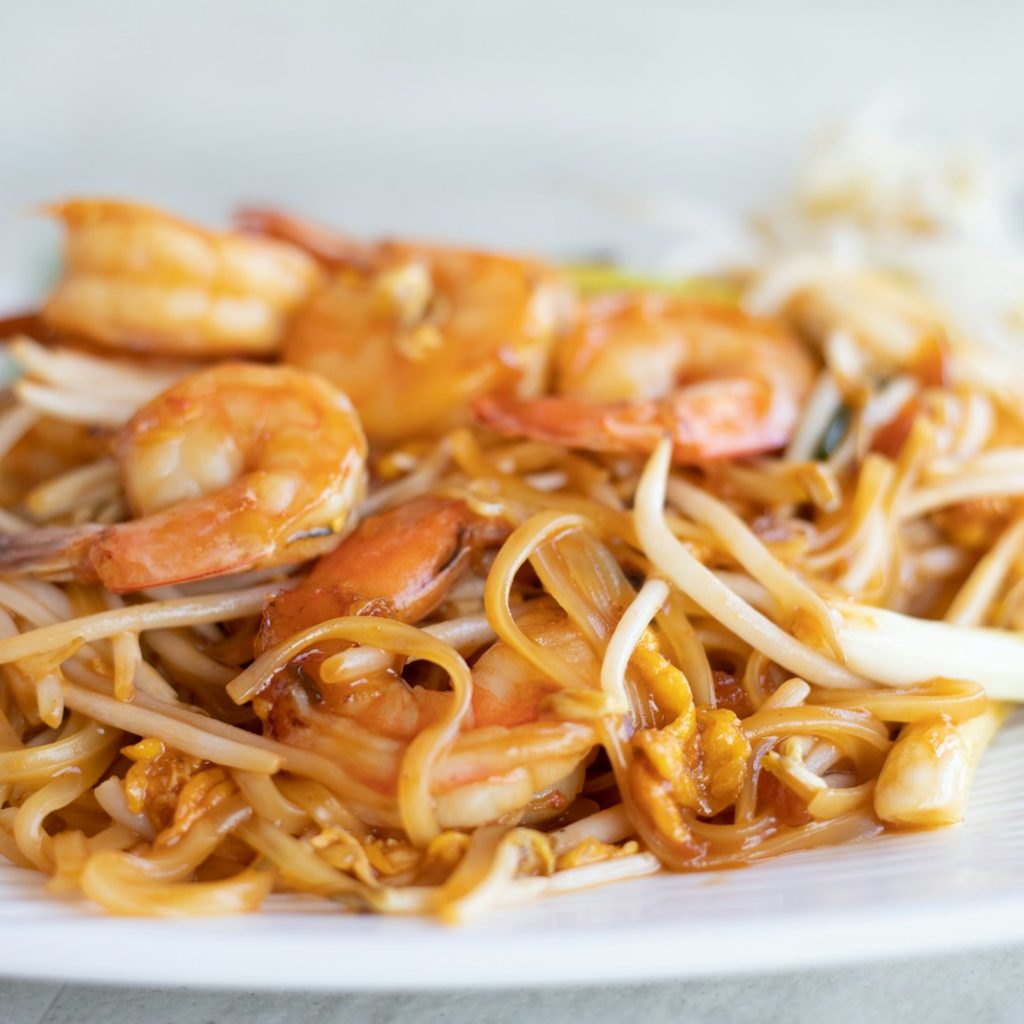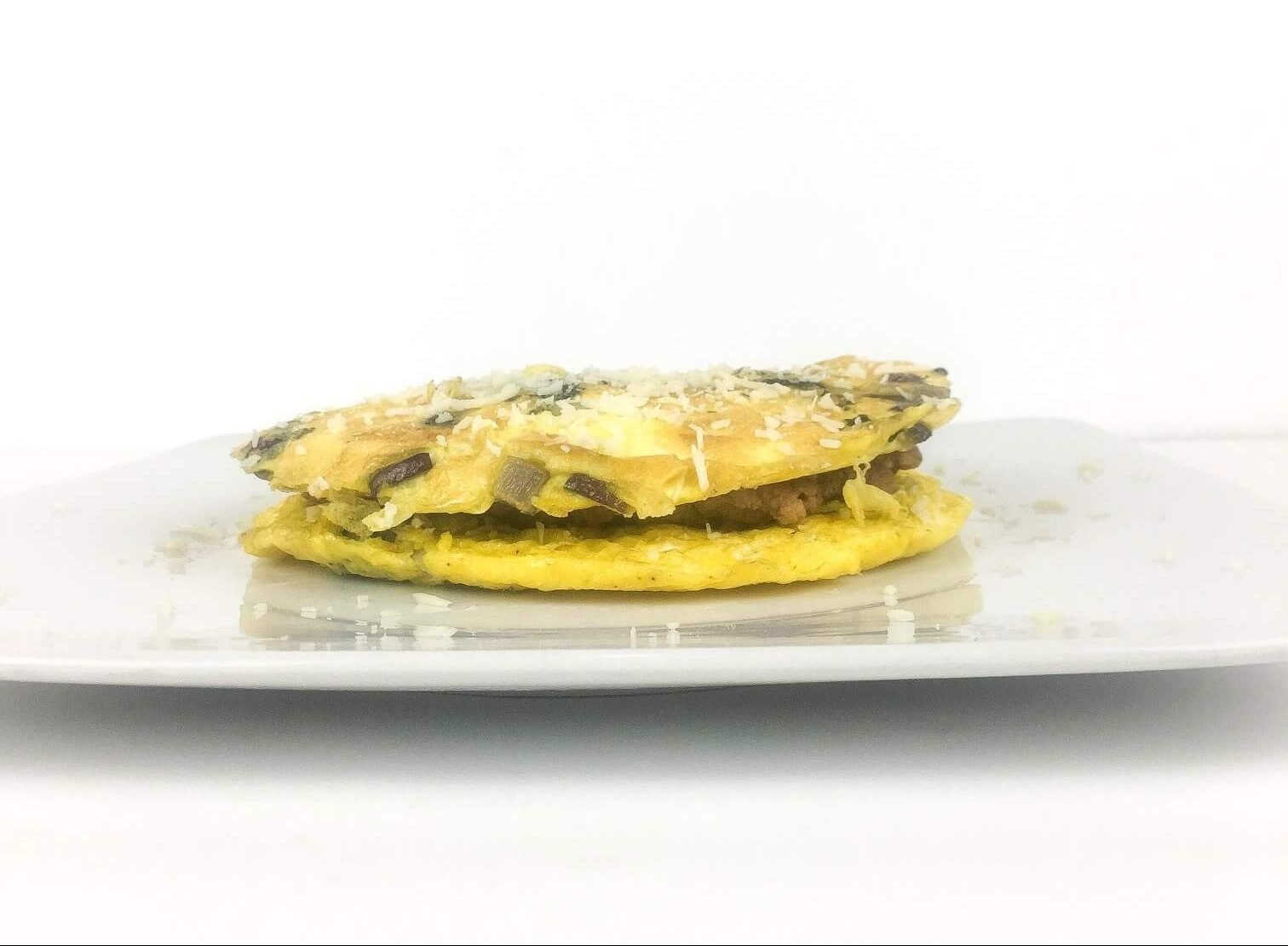
Pad Thai, a quintessential Thai dish, has a fascinating history that reflects the cultural tapestry of Thailand. Its origins can be traced back to the 1930s during a period of nationalist fervor. At that time, the Thai government, under Prime Minister Plaek Phibunsongkhram, promoted a sense of national identity and sought to establish a unifying dish for the country.
In an effort to reduce rice consumption and promote self-sufficiency, the government encouraged the consumption of noodles. Noodles were seen as a symbol of modernity and were deemed more practical than rice. As part of this culinary initiative, a national noodle competition was organized to create a new noodle dish that would embody Thai flavors and values.
The winning creation, attributed to a woman named Charoensri Santiwong, is believed to be the precursor to what we now know as Pad Thai. The dish features stir-fried rice noodles, tofu or shrimp, peanuts, lime, and a flavorful combination of tamarind paste, fish sauce, and chili. Over the years, Pad Thai has evolved, incorporating regional variations and international influences, becoming a globally celebrated and cherished Thai delicacy.
Today, Pad Thai stands as a symbol of Thai cuisine’s adaptability, blending tradition with innovation to create a dish that transcends borders and continues to delight taste buds worldwide.
I was casually browsing through Sprouts (a health food store) looking for gluten free noodles to try.
I wanted to try to make Ramen, but the Pad Thai noodles were on sale; so, I decided to go down this route instead.
I actually bought the noodles without researching a recipe.
The next day I embarked on the journey to making Pad Thai. I decided to google a recipe and found the one below.
I ended up having shrimp in the refrigerator, because I was going to make the Brussels Sprouts Caesar Shrimp Salad.
I did not have fish stock, bean sprouts, or nuts.
I also used a cast iron pan instead of a wok.
Here is the gluten-free Pad Thai Recipe:
Ingredients:
- 8 oz gluten-free rice noodles
- 2 tablespoons vegetable oil
- 1 cup diced tofu (optional)
- 2 cloves garlic, minced
- 1 cup bean sprouts
- 2 green onions, sliced
- 1/2 cup chopped peanuts
- Lime wedges for serving
For the sauce:
- 3 tablespoons gluten-free tamari or soy sauce
- 2 tablespoons tamarind paste
- 1-2 tablespoons brown sugar (adjust to taste)
- 1 teaspoon chili sauce (adjust to taste)
Instructions:
Cook the rice noodles according to the package instructions. Drain and set aside.
In a small bowl, whisk together the tamari or soy sauce, tamarind paste, brown sugar, and chili sauce to make the Pad Thai sauce. Adjust the sweetness and spiciness to your liking.
Heat the vegetable oil in a large pan or wok over medium heat. If using tofu, add it to the pan and cook until golden brown on all sides. Remove tofu from the pan and set aside.
In the same pan, add minced garlic and sauté for about 30 seconds until fragrant.
Add the cooked rice noodles to the pan, followed by the prepared Pad Thai sauce. Toss everything together until the noodles are well coated in the sauce.
Add bean sprouts, sliced green onions, and the cooked tofu (if using). Toss again to combine all the ingredients.
Serve the gluten-free Pad Thai hot, garnished with chopped peanuts and lime wedges on the side.
Enjoy your delicious gluten-free Pad Thai! Feel free to customize it with your favorite protein or vegetables.
Additonal Tips:
Do make sure you undercook the noodles. Less is more since it will cook more when you combine everything.
I have a habit of not professionally measuring, since I’ve been cooking so long. I did use too much soy sauce on the shrimp and my mistake (didn’t ruin anything) was adding too much of the soy sauce to the pan when adding the shrimp. I would have preferred crispier shrimp.
I also added tofu (which I had never cooked before either). Wow I was feeling feisty that weekend.
When making the Thai Pad sauce, make sure you check if it is too sweet, salty, or sour for taste.
Author
-

Ana Lefebvre is a journalist, news personality, and digital marketing expert with 18 years of experience. As a sociologist and CMO, she specializes in marketing, media, branding, and human behavior.
View all posts




